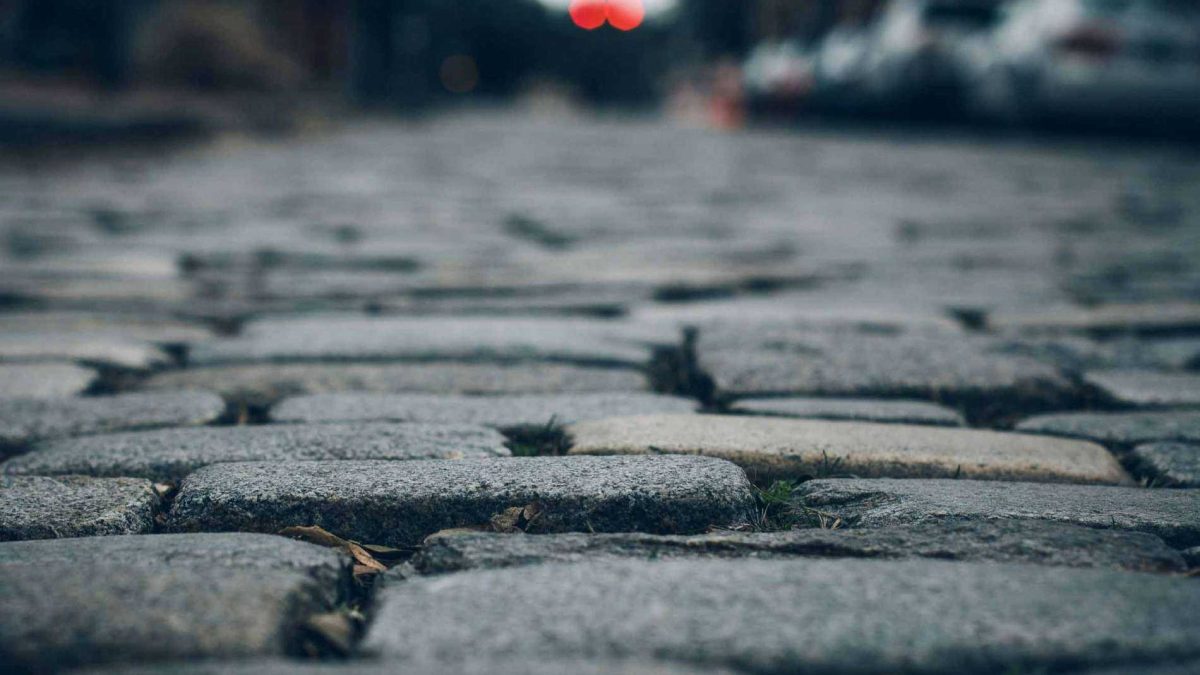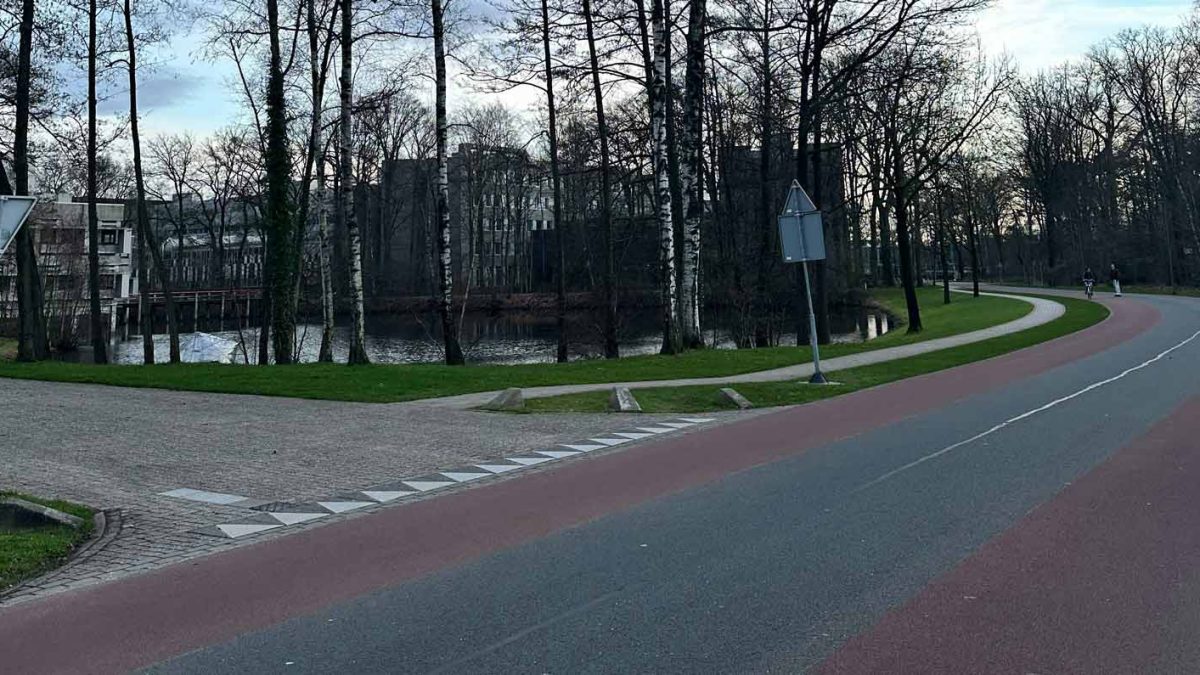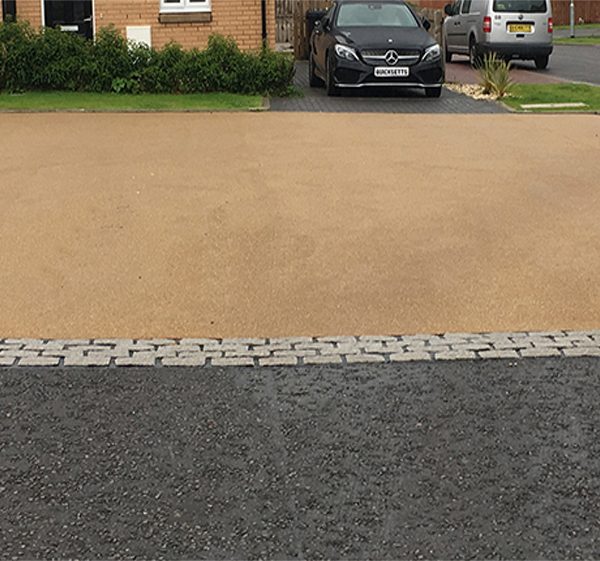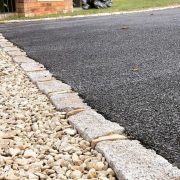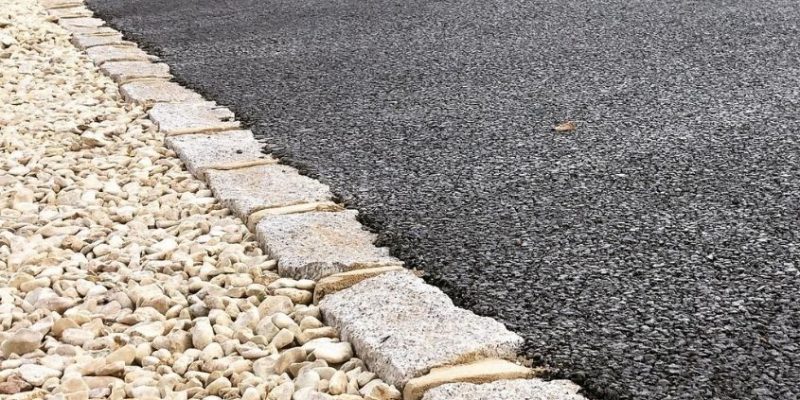
The Sustainable Benefits of Resin Bound Edging
In urban development and landscape design, the drive towards sustainability has led to innovative solutions that not only enhance aesthetics but also promote environmental responsibility.
Among these solutions, resin bound edging strips stand out, offering a unique combination of durability and eco-friendliness. This article delves into the sustainable benefits of resin bound edging strips, exploring why they are becoming a popular choice in modern landscaping and urban planning in the UK.
Sustainability at the Core
Resin bound edging strips are made from a mixture of aggregate stones and resin. The key to their eco-friendliness lies in the materials used. Many manufacturers opt for naturally sourced aggregates and use recycled materials, significantly reducing the carbon footprint associated with production. Furthermore, the resin used is often UV stable, ensuring longevity and reducing the need for frequent replacements.
Enhancing Drainage, Reducing Runoff
One of the most significant environmental benefits of resin bound edging is its permeability. Traditional non-porous materials used in landscaping and pavements can lead to water runoff, which contributes to urban flooding and places strain on drainage systems. Resin bound edging, by contrast, allows water to percolate through its surface and into the ground. This natural drainage system helps in replenishing groundwater and reduces the impact of excess surface water.
Durability Meets Eco-Efficiency
Resin bound edging strips are highly durable. They resist cracking and withstand various weather conditions, from the harsh winter chills to the summer heat. This durability means that once installed, they have a long lifespan, reducing the need for repairs or replacements. The longevity of these edging strips not only makes them cost-effective but also means they are less taxing on environmental resources over time.
Low Maintenance, High Environmental Value
Maintenance of traditional edging materials often involves the use of chemicals and regular upkeep. In contrast, resin bound edging requires minimal maintenance, negating the need for potentially harmful chemicals. This low maintenance requirement further enhances its appeal as an environmentally friendly option.
Aesthetic Appeal with Environmental Consciousness
In addition to their functional benefits, resin bound edging strips offer aesthetic versatility. Available in various colours and textures, they provide designers and planners the flexibility to create visually appealing landscapes without compromising on environmental values. This combination of beauty and eco-consciousness makes resin bound edging strips an ideal choice for parks, gardens, and urban spaces seeking to merge sustainability with style.
The growing popularity of resin bound edging strips in the UK is a testament to the increasing demand for sustainable building materials. By offering a product that combines durability, aesthetic appeal, and environmental responsibility, resin bound edging is setting a new standard in landscape and urban design. As we continue to seek solutions that align with the principles of sustainability, products like resin bound edging strips will play a pivotal role in shaping the future of our urban landscapes.
Innovative Applications of Resin Bound Edging in Public Spaces
As urban landscapes continually evolve, the integration of functional and aesthetically pleasing materials in public spaces becomes crucial. Resin bound edging has emerged as a versatile and innovative material, offering both practicality and visual appeal. This article explores the various innovative applications of resin bound edging in public spaces, highlighting its versatility and contribution to the beautification and functionality of urban environments in the UK.
Enhancing Public Parks and Gardens
One of the most prominent uses of resin bound edging is in public parks and gardens. Here, it serves multiple purposes – from defining pathways and flower beds to providing a durable, low-maintenance border for green spaces. Its permeability is particularly beneficial in these settings, allowing water to seep through and nourish plant roots, thereby supporting the park’s natural ecosystem.
Moreover, the aesthetic flexibility of resin bound edging, available in various colours and textures, allows landscape architects to create unique and inviting natural spaces. It can be used to create visually distinct areas within parks, guiding visitors along pathways or highlighting specific features like fountains or sculptures.
Revitalising Town Centres and High Streets
In town centres and high streets, resin bound edging plays a vital role in pedestrianisation projects. It is used to delineate pedestrian areas from roadways, enhancing the safety and comfort of shoppers and visitors. The smooth, flat surface of the edging is ideal for high foot traffic areas, reducing trip hazards and facilitating easy access for wheelchairs and pushchairs.
Additionally, the ability to customise its appearance allows for a seamless integration with the existing architecture and street furniture, contributing to a cohesive and attractive urban aesthetic that can boost local business and tourism.
Around Public Buildings and Civic Spaces
Resin bound edging finds innovative use around public buildings such as libraries, museums, and civic centres. It provides a neat and professional finish to the outdoor spaces of these buildings, demarcating walkways and creating visually appealing landscapes. Its durability ensures that these high-traffic areas remain well-maintained and safe for public use.
Transforming School Playgrounds and Sports Fields
In educational settings, resin bound edging is used to enhance the safety and functionality of playgrounds and sports fields. It can create clear boundaries for play areas, sports pitches, and outdoor learning spaces. The safety aspect is crucial here; the smooth finish minimises the risk of trips and falls, making it a safe choice for children’s play areas.
Innovative Design in Community Projects
Community-led projects often utilise resin bound edging for its ease of installation and design flexibility. It can be used in community gardens, local parks, and other communal spaces to create low-maintenance, environmentally friendly, and aesthetically pleasing areas that foster community spirit and engagement.
Conclusion
The innovative applications of resin bound edging in public spaces demonstrate its versatility and effectiveness in enhancing urban environments. From parks to town centres, and from public buildings to educational facilities, resin bound edging offers a sustainable, durable, and attractive solution that meets the diverse needs of public spaces. As cities and towns across the UK continue to focus on creating more liveable, sustainable, and engaging environments, the role of materials like resin bound edging becomes increasingly significant in achieving these goals.


